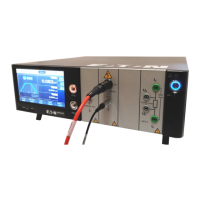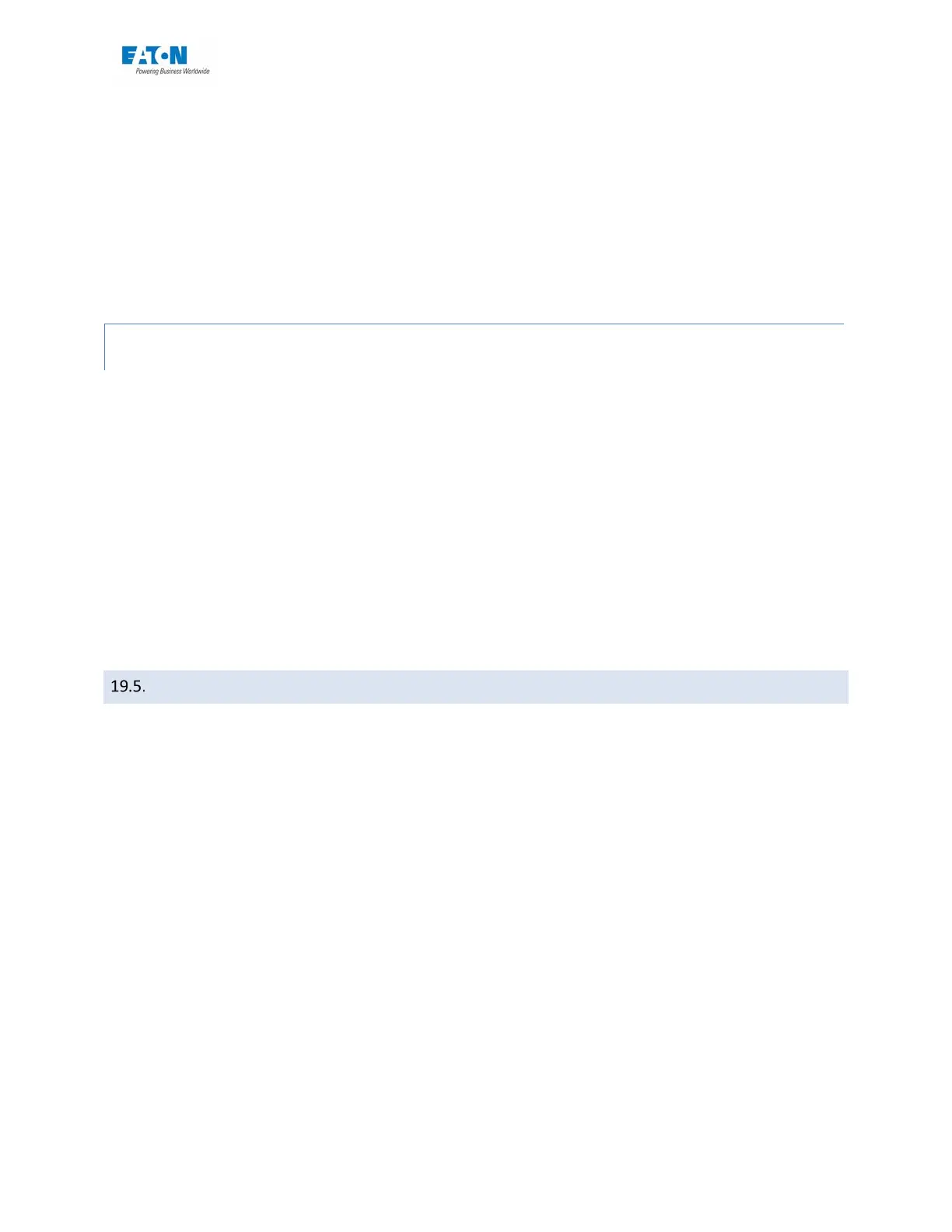User manual SEFELEC 5x Series 190 v1.06
100 Mohm.km x 10 = 1,000 Mohm.km
C) The insulation resistance value of a cable being a function following a time exponential law, it
is important to make sense to the measured value, to indicate the duration of the measure-
ment. The units of the SEFELEC 5x range allow complying with this requirement with the
built-in timer, able to measure times going from 1 second up to 3 hours.
19.4.4. MEASUREMENT VOLTAGE SELECTION
The insulation resistance measurements intending to verify that materials or equipments comply
with standard requirements, it is important to refer to these standards to select the voltage. The
standard voltages are generally: 50, 100, 250, 500 VDC.
In case of no standard, select a 100 VDC value.
When measuring on capacitive specimens and when studying the voltage influence on the insu-
lation resistance values, it is important to start always with the lowest voltage and then to follow
the measurements in increasing the voltage. A procedure in the reverse way could give incoher-
ent results.
DIELECTRIC STRENGTH TESTS
The dielectric strength test is intended to stress components and sub-assemblies of electrical
equipments and to check that the leakage lines either between points or between points and
ground are correctly designed according to the used technology.
The principle of a dielectric strength test is to apply a voltage (DC or AC) between defined points
and after voltage stabilization, to check that the leakage current, created by breakdown phe-
nomena or breakdown discharges (in the air or in the insulating materials), is not greater than
the nominal acceptable value.
The default sanction is determined by the analyse of the shape, the amplitude and the holding
time of the current supplied by the generator to the specimen under test and by comparison with
a preset limit.

